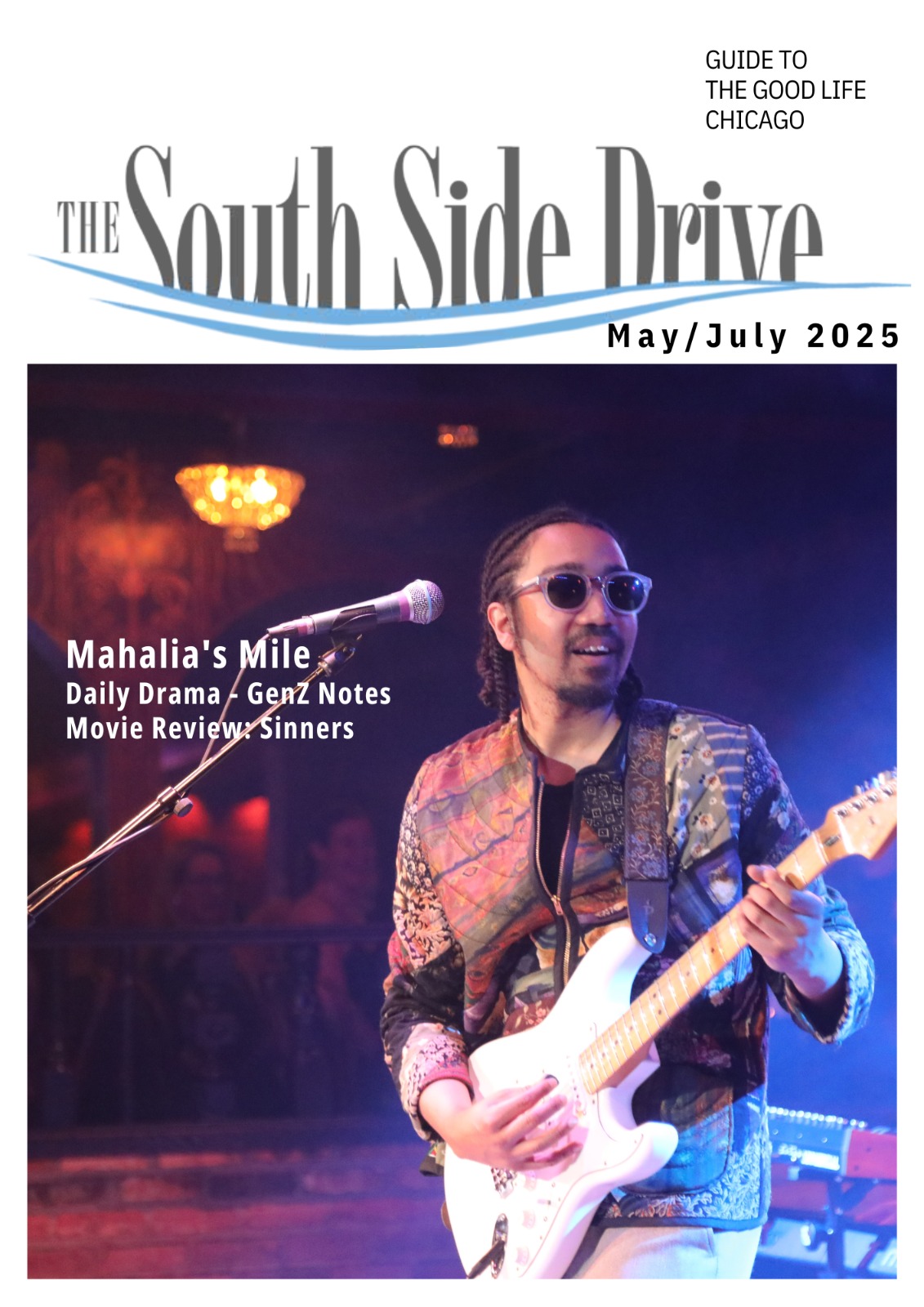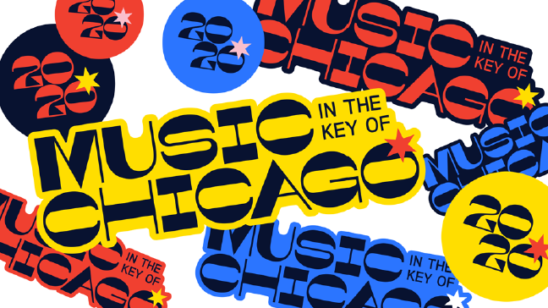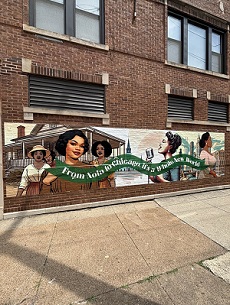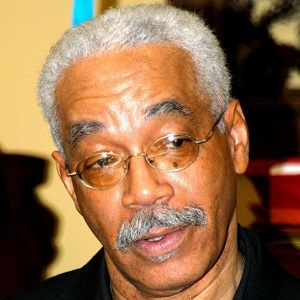
By Jennifer Schultz
Last year, Mayor Lori Lightfoot designated 2020 as the “Year of Chicago Music,” and what a legacy there is to celebrate. A single year hardly seems enough time to reflect when one considers all of the contributions that Chicago and Chicagoan’s have made to the world of music. This one article certainly cannot cover it all in just one bite.
The history of American popular music is in many ways the story of African American culture. Chicago has been the home of great music over the ages and a vanguard of each musical era in America’s history. It has created its distinct sound and style in each period, laying the foundation for, and setting in motion, a grand procession of popular music styles associated with Chicago.
Chicago’s rich musical history includes important contributions to the genres of blues, jazz, gospel and R&B by African Americans whose families moved to Chicago, as part of the Great Migration of the early 20th Century. Much of Chicago’s music scene in the first half of the century was dominated by African American artists. The genres, or musical style categories, most associated with Chicago such as blues, jazz and gospel are also most generally associated with Black artists. The Great Migration had a profound effect on the development of American music and culture as these migrants brought their traditions, including their music to the North with them. Because of restrictive covenants, segregation and racial prejudice, the majority of the newcomers were confined to the South side of town, which further nurtured and cohered Chicago’s distinct traditions and styles.
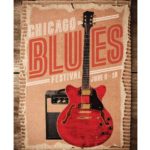 Blues – The history of the blues plays an integral part in the history of Chicago. Some of the biggest names in blues made their name in Chicago, and some of the best blues clubs in the world are or have been in Chicago. Chicago blues began following the Great Migration of African Americans from the southern United States to the industrial north where economic opportunities were more favorable. This new population included musicians, and the blues evolved from street musicians, rent parties, jam sessions and other events in the Black communities. One of the most significant early incubators for Chicago blues, was the open-air market on Maxwell Street in the 30s and 40s. Maxwell Street was one of the largest open-air markets in the country, so it was a natural location for blues musicians to perform, earn tips and jam with other musicians. The standard path for blues musicians was to start as street musicians, move up to those house parties, eventually making their way to the blues clubs.
Blues – The history of the blues plays an integral part in the history of Chicago. Some of the biggest names in blues made their name in Chicago, and some of the best blues clubs in the world are or have been in Chicago. Chicago blues began following the Great Migration of African Americans from the southern United States to the industrial north where economic opportunities were more favorable. This new population included musicians, and the blues evolved from street musicians, rent parties, jam sessions and other events in the Black communities. One of the most significant early incubators for Chicago blues, was the open-air market on Maxwell Street in the 30s and 40s. Maxwell Street was one of the largest open-air markets in the country, so it was a natural location for blues musicians to perform, earn tips and jam with other musicians. The standard path for blues musicians was to start as street musicians, move up to those house parties, eventually making their way to the blues clubs.
With the migrants came the foundation of the classic post-war Chicago blues style. The rise of the blues recording industry attracted many musicians. Among the 150,000 Mississippians who moved to Chicago between 1940 and 1950 was McKinley Morganfield, (Muddy Waters), who ultimately became the father of modern Chicago blues.
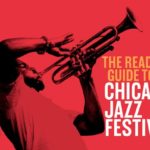 Jazz – Like the blues, the jazz musical style migrated north as part of the Great Migration. And, as with the blues, Chicago artists created a unique style that separated itself from other forms of jazz. Chicago jazz grew out of the New Orleans “Dixieland” style, but became more sophisticated. New Orleans jazz musicians started moving north and a jazz scene developed in the segregated sections of the city. Chicago jazz clubs were more refined than their southern counterparts and the style developed to match the surroundings. Throughout the 20th Century, Chicago played a leading role in the performance, recording and artistic uprising of jazz.
Jazz – Like the blues, the jazz musical style migrated north as part of the Great Migration. And, as with the blues, Chicago artists created a unique style that separated itself from other forms of jazz. Chicago jazz grew out of the New Orleans “Dixieland” style, but became more sophisticated. New Orleans jazz musicians started moving north and a jazz scene developed in the segregated sections of the city. Chicago jazz clubs were more refined than their southern counterparts and the style developed to match the surroundings. Throughout the 20th Century, Chicago played a leading role in the performance, recording and artistic uprising of jazz.
Always an opera lover, Al Capone extended his patronage to the jazz world. With the opening of the Cotton Club in Cicero, IL, Al became an enthusiast, attracting and cultivating some of the best Black jazz musicians of the day. Al did not seem to have deep-seated racial prejudice and he gained the respect and trust of many musicians. Noted for his color-blind policy concerning entertainment, the Cotton Club played host to most of the top Black acts of the 1920s (for all white audiences, of course). Many of the performers grew to appreciate and respect Capone. Jelly Roll Morton, Duke Ellington, King Oliver and Louis Armstrong were among the stars who played there, making Al Capone one of the most influential figures in the development of Chicago jazz.
Louis Armstrong moved to Chicago from New Orleans in 1922 at the encouragement of his mentor, Joe Oliver, one of the most important figures in early jazz. He joined the King Oliver Creole Jazz Band which played at Lincoln Gardens on 31st Street. In 1925, Armstrong recorded his “Hot Five” record, the first recording under his name. The records made by Armstrong’s Hot Five and Hot Seven are considered pure jazz classics and speak to Armstrong’s genius and creative powers. Soon, larger bands and orchestras (translate that white) began to emulate the “hot” energy that had spread the new sound across the country. After WWII, jazz evolved and following a decline in popularity in Chicago, and the rise of Swing music, many jazz musicians relocated to New York which was quickly becoming the new hot bed of jazz music.
Today, Chicago continues its proud history of being rich in jazz culture. Jazz is alive and active nightly across the city in night clubs, at festivals and through local talent. Chicago’s legendary Green Mill Club,, which originally opened as Pop Morse’s Roadhouse in 1907, has seen all of the greats and is believed to be the oldest continuously running jazz club in the country.
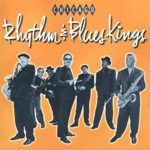 R&B – In the 1950s and early 1960s, Chicago was synonymous with American popular music. From the first decades after WWII, Chicago was a major center for rhythm and blues, a diverse new style that grew out of blues and jazz. Operating from “Record Row” on the South side (originally Cottage Grove from 47th to 50th Streets, later moving to South Michigan Avenue). Chicago’s home-grown independent record companies helped to spread the popularity of R&B nationally and internationally. Chess Records, which experienced its original success with blues artists, had plenty of competition from Vee- Jay, Okeh, Brunswick, United and other independent companies in the dynamic and exploding R&B market. By the early 1960s, Chicago’s Record Row became the production, distribution and marketing center for a new style of “gospelized” R&B called Soul. The first notable soul-style record was Vee-Jay’s 1958 “For Your Precious Love” by Jerry Butler and the Impressions.
R&B – In the 1950s and early 1960s, Chicago was synonymous with American popular music. From the first decades after WWII, Chicago was a major center for rhythm and blues, a diverse new style that grew out of blues and jazz. Operating from “Record Row” on the South side (originally Cottage Grove from 47th to 50th Streets, later moving to South Michigan Avenue). Chicago’s home-grown independent record companies helped to spread the popularity of R&B nationally and internationally. Chess Records, which experienced its original success with blues artists, had plenty of competition from Vee- Jay, Okeh, Brunswick, United and other independent companies in the dynamic and exploding R&B market. By the early 1960s, Chicago’s Record Row became the production, distribution and marketing center for a new style of “gospelized” R&B called Soul. The first notable soul-style record was Vee-Jay’s 1958 “For Your Precious Love” by Jerry Butler and the Impressions.
Although the city’s record industry declined after the 1970s, Chicago continued to contribute to R&B music. Over the years Chicago artists crossed over to Pop charts and contributed significantly to the development of Rock-n-Roll. From the very beginning music created by African Americans has been more favored by the public than any music created by white counterparts. Across genres, white artists have benefited from the appropriation of music created by Black artists.
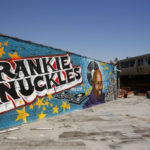 House – In the 1980s, Chicago introduced America and the world to a re-oriented version of R&B called House music. Chicago is the birthplace of this highly synthesized rhythmically driven music that initially relied heavily on samples of classic soul and R&B tracks. House music was developed in houses, garages and dance clubs and was initially for the underground club scenes rather than wide-spread commercial release. The recordings were usually too long for radio and too conceptual. However, the music took the charts by storm and introduced the country to a new generation of artists from Chicago. House music took over the music scene in Chicago and later the nation. 2020 is the 30th anniversary of the House Music Festival, nicknamed the “Woodstock of House” for its family reunion vibe. It will be celebrated over the July 4th weekend in Jackson Park by more than 40,000 “house heads,” their friends and families.
House – In the 1980s, Chicago introduced America and the world to a re-oriented version of R&B called House music. Chicago is the birthplace of this highly synthesized rhythmically driven music that initially relied heavily on samples of classic soul and R&B tracks. House music was developed in houses, garages and dance clubs and was initially for the underground club scenes rather than wide-spread commercial release. The recordings were usually too long for radio and too conceptual. However, the music took the charts by storm and introduced the country to a new generation of artists from Chicago. House music took over the music scene in Chicago and later the nation. 2020 is the 30th anniversary of the House Music Festival, nicknamed the “Woodstock of House” for its family reunion vibe. It will be celebrated over the July 4th weekend in Jackson Park by more than 40,000 “house heads,” their friends and families.
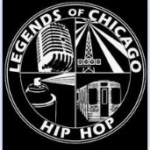 Hip-Hop/Rap – The first Hip-Hop record produced in Chicago appears to date back to 1980 when Casper released “Groovy Ghost Story.” From 1986 to 1990 the Chicago Hip-Hop community met on the South side nurturing and sharpening their skills and craft. Rap music was getting airplay on just a few local radio stations, but Hip-Hop was more of a live experience. In 1991, Jitu the Juggernaut, considered to be one of the founding fathers of Chicago’s Hip-Hop community, was a member of Ten Tray, the first Chicago rap act to sign with a major label. The Chicago Hip-Hop community has worked hard to earn the respect of the entire country, and they did it on their terms. Chicago artists have created everything from the ground up—their community, their styles, their skills, their philosophies. All of the Chicago iconic rap artists are true originals….think Common, Kanye West… Steppin’ – The article would be remiss if Steppin’ music was not included. Although steppin’ is a dance, it relies heavily on the music to be properly showcased in its true, smooth, classy, improvisational ball room dance form. Primarily danced to old school, soul, jazz and R&B music, it’s all about the music, because a true stepper can dance to anything, fast or slow. Because of the universality of the music that the dance is performed to, and the suave manner in which it is performed, steppin’ and steppin’ music have swept the nation, exuding Chicago’s typical original creativity and so often imitated style.
Hip-Hop/Rap – The first Hip-Hop record produced in Chicago appears to date back to 1980 when Casper released “Groovy Ghost Story.” From 1986 to 1990 the Chicago Hip-Hop community met on the South side nurturing and sharpening their skills and craft. Rap music was getting airplay on just a few local radio stations, but Hip-Hop was more of a live experience. In 1991, Jitu the Juggernaut, considered to be one of the founding fathers of Chicago’s Hip-Hop community, was a member of Ten Tray, the first Chicago rap act to sign with a major label. The Chicago Hip-Hop community has worked hard to earn the respect of the entire country, and they did it on their terms. Chicago artists have created everything from the ground up—their community, their styles, their skills, their philosophies. All of the Chicago iconic rap artists are true originals….think Common, Kanye West… Steppin’ – The article would be remiss if Steppin’ music was not included. Although steppin’ is a dance, it relies heavily on the music to be properly showcased in its true, smooth, classy, improvisational ball room dance form. Primarily danced to old school, soul, jazz and R&B music, it’s all about the music, because a true stepper can dance to anything, fast or slow. Because of the universality of the music that the dance is performed to, and the suave manner in which it is performed, steppin’ and steppin’ music have swept the nation, exuding Chicago’s typical original creativity and so often imitated style.
There is so much more to Chicago’s legacy in the world of music, past and future. Whatever your musical pleasure or preference, you can find and hear it here in Chicago, as it constantly adds to its musical legend and legacy.
